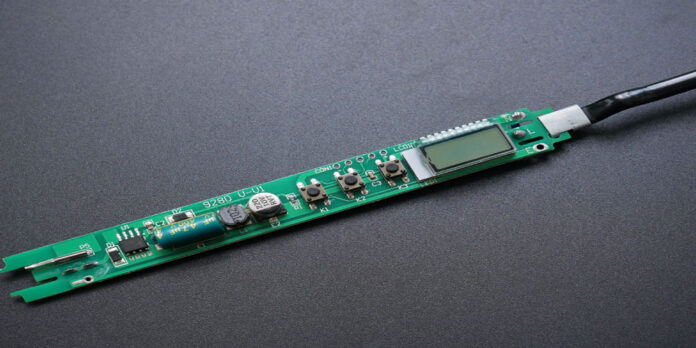A medium-temperature lead-free soldering procedure is used for welding the fins to an aluminum or copper foundation in a soldering heat sink for environmental preservation. The material of the fins which can be AL6063, AL6061, C1100, folded fins, L-FINs, zipper fins, or fins with heat pipes, is typical.
The soldering heatsink can be classified as either an aluminum, copper, or welding heat sink depending on the material. Copper, a mixture of copper and aluminum a zipper fin heat sink and a heat pipe heat sink are all examples of soldering heat sinks.
Here in this article, we will learn more about the electronics soldering temperature and the process of soldering. Using a metal called solder, soldering is the mechanical and electrical connecting of two metal surfaces. By securing the connection with solder, vibration or other mechanical forces cannot cause it to loosen. Additionally, it offers electrical continuity, allowing an uninterrupted flow of the electronic signal through the link.
What Are The Required Things For Soldering Of Electronics?
You typically require the following when soldering an electrical connector to a contact point (commonly referred to as a “pad”):
- A soldering iron that can heat solder to its melting point.
- Using or without a flux core, solder wire.
- If the solder’s wire does not show any flux core or if there is a need for excessive flux.
Categories of Soldering
High-temperature soldering and low-temperature soldering are two categories for soldering heatsinks.
High-Temperature Soldering
The heat sink needs to be welded at 700–800 degrees for high-temperature soldering.
Low-Temperature Soldering
Low-temperature soldering, which uses a heat sink temperature between 200 and 300 degrees, is a commonly used soldering technique. It essentially results in no deformation, can be processed with great precision, and may be utilized with any equipment.
Soldering Iron
- The two metal surfaces are joined using a soldering iron, a hand tool. In its basic form, a soldering iron comprises a metal tip, an element of heating that increases the temperature of the tip to that needed for soldering.
- The heat from the elements of the heating is transmitted to the work by the soldering tip. Additionally, there are choices that offer more precise management of the soldering iron’s temperature and heat responsiveness.
Type of Solder for Usage
Even if there are various types of solder, at the most basic level, you should make decisions between certain types like wire diameter, lead and lead-free solder, the type of flux, and flux core.
Lead or Lead-Free Solder
The metals used to make solder are typically chosen for their dependability and conductivity. Since its debut, lead has been the primary component of electrical soldering, frequently in combination with tin. Because lead rapidly wets and flows and has a relatively low melting point, the process is sped up, made simpler, and more reliable.
Solder Wire’s Diameter
Make sure you don’t mix up solder wire for electronics with solder wire for plumbing. Plumbing wire will be significantly thicker, with a diameter of at least 2 mm. The solder wire for electronics will be thinner, ranging from 1.5mm to 1/2mm or even less.
Flux Core
The majority of wire solders have a flux core, so when the solder melts, the flux will instantly activate and flow over the soldering region. It is easier to use and more productive.
Type of Flux
For soldering applications where cleaning is to be avoided, no-clean flux is a good option. You can either leave the thin residue on the board or clean it off with a flux remover.
Final Words
Solder joints can be used when increased joint strength is needed or when system temperatures are higher than 350°F. Solder joints are often utilized if the service temperature does not exceed 250°F. For the purpose of protecting the environment, a soldering heat sink’s fins are welded to an aluminum or copper foundation using a medium-temperature lead-free soldering method.












